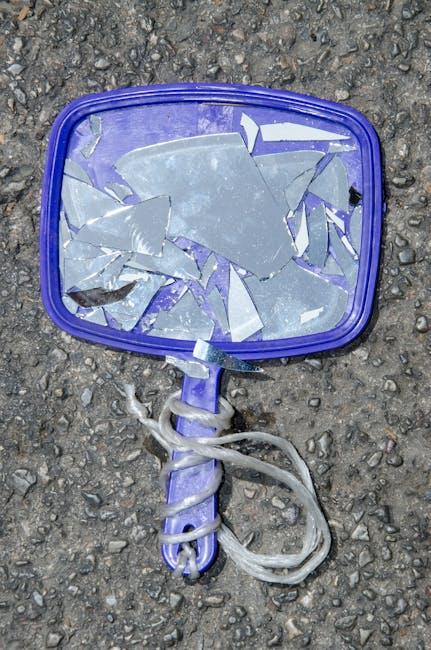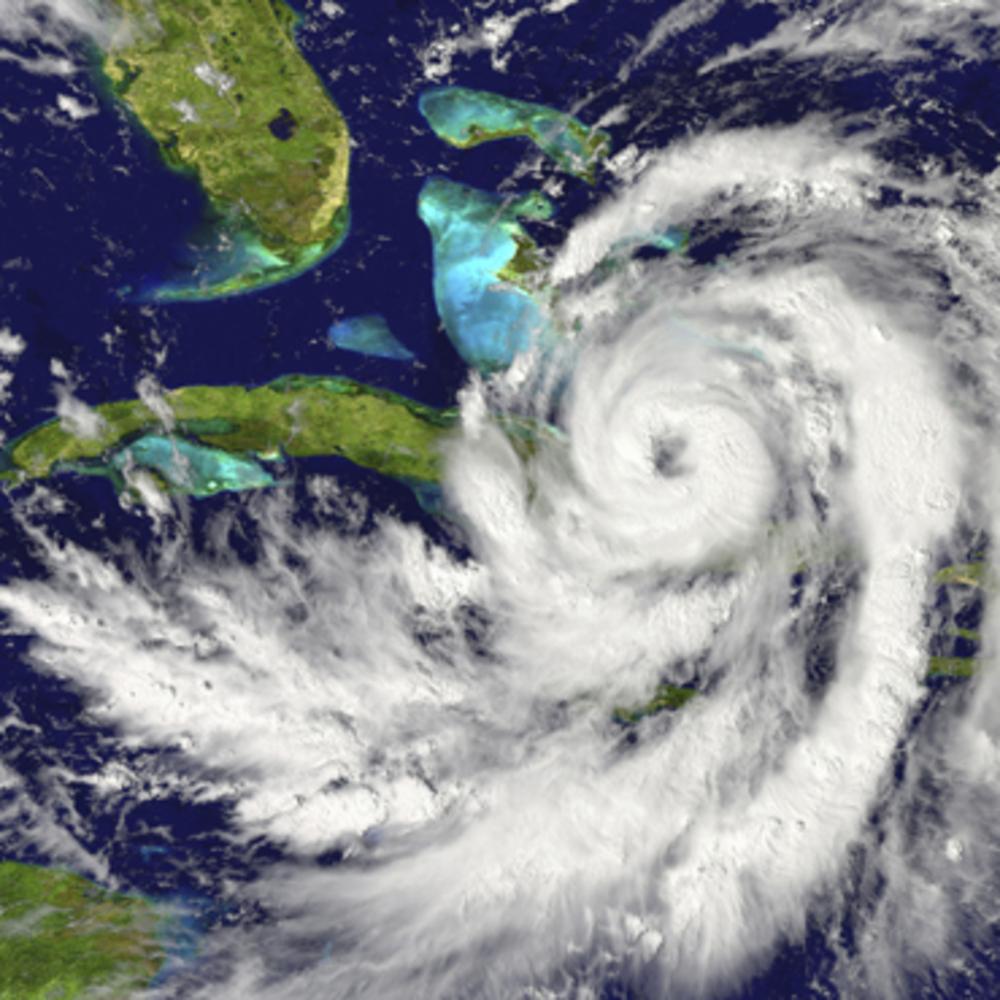When nature’s fury descends in the form of a windstorm, the aftermath can leave homeowners grappling with significant property damage and uncertainty about the next steps. Filing a claim for windstorm damage is a critical first move towards recovery, but what follows can often be a complex and daunting process. This article aims to demystify the post-claim journey, offering a step-by-step guide to help you navigate the intricacies of insurance protocols and ensure a smooth path to restoration. With expert insights and practical advice, we will empower you to effectively manage your claim, understand your rights and responsibilities, and secure the compensation necessary to rebuild and move forward with confidence.
Understanding the Claims Process: Key Steps to Take
Once you’ve filed a claim for windstorm damage, understanding the subsequent steps is crucial for a smooth resolution. First, your insurance provider will assign a claims adjuster to assess the damage. This professional will conduct a thorough inspection of your property, documenting the extent of the damage. It’s important to ensure that you have your own documentation ready, including photographs and a detailed list of damaged items, to support your claim.
Key actions you should take include:
- Reviewing your policy: Familiarize yourself with your coverage, deductibles, and any exclusions that might apply.
- Keeping detailed records: Document all communication with your insurance company, including dates, names, and the content of conversations.
- Securing your property: Make necessary temporary repairs to prevent further damage, but keep receipts for all related expenses.
- Following up regularly: Stay in touch with your adjuster and insurance company to ensure your claim is progressing.
By taking these proactive steps, you can help facilitate a more efficient claims process and work towards a fair settlement for your windstorm damage. Remember, your active involvement is key to navigating this process effectively.

Documenting Damage: Essential Tips for Accurate Reporting
When documenting damage for your windstorm claim, precision is crucial to ensure a smooth and successful process. Begin by conducting a thorough inspection of your property, both inside and out. Photograph and video every aspect of the damage, capturing wide shots for context and close-ups for detail. Ensure each image is timestamped and, if possible, geotagged to validate its authenticity. Alongside visual evidence, compile a comprehensive list of damaged items, noting their original purchase price, age, and condition before the storm. If available, include receipts or bank statements to substantiate your claims.
Moreover, maintain a detailed record of all communications related to the claim. This includes emails, phone calls, and any correspondence with your insurance provider. It’s also advisable to keep copies of any repair estimates, temporary repair receipts, and any professional assessments or reports. Ensure all documentation is organized and easily accessible, as this will facilitate a more efficient review process by the insurance adjuster. By taking these meticulous steps, you bolster your position, paving the way for a fair and timely resolution of your claim.

Navigating Adjuster Inspections: What to Expect and How to Prepare
When the adjuster arrives to inspect your property, it’s crucial to be well-prepared and informed. An adjuster’s primary role is to assess the damage and determine the extent of your insurance coverage. Expect the following during their visit:
- Thorough Inspection: The adjuster will conduct a comprehensive examination of the damaged areas, including the roof, exterior, and any interior sections affected by the windstorm. Be ready to point out all affected areas and provide any documentation you have, such as photos or repair estimates.
- Documentation and Evidence: Ensure you have all necessary documentation at hand. This includes your insurance policy, a list of damaged items, and any receipts or invoices for emergency repairs already undertaken. Clear, organized evidence can significantly streamline the process.
- Communication: Be prepared to discuss the event in detail. Explain how and when the damage occurred, and answer any questions the adjuster might have. Clear and open communication can help avoid misunderstandings and ensure a fair assessment.
Preparing your property before the adjuster’s visit can make a significant difference. Here’s how you can get ready:
- Safety First: Ensure that the damaged areas are safe to inspect. Clear any debris or hazards that might obstruct the adjuster’s access.
- Temporary Repairs: If you’ve made any temporary repairs to prevent further damage, inform the adjuster. These actions are often covered by your policy, and documenting them can support your claim.
- Be Present:** Whenever possible, be present during the inspection. Your presence can provide clarity and immediate answers to any questions the adjuster might have.
By understanding what to expect and how to prepare, you can navigate the adjuster inspection process with confidence and ensure your claim is handled efficiently.

Maximizing Your Settlement: Expert Strategies for Successful Negotiation
To secure the best possible outcome in your windstorm damage claim, employing expert negotiation strategies is paramount. Start by meticulously documenting all evidence of damage, including photographs, repair estimates, and any communication with contractors or insurance adjusters. This comprehensive documentation not only strengthens your position but also provides leverage during negotiations. Familiarize yourself with the specific terms and conditions of your insurance policy, ensuring you understand the limits, deductibles, and exclusions that may impact your settlement.
- Engage a public adjuster: These professionals can provide an independent assessment of the damage, often resulting in a more favorable settlement.
- Stay informed: Keep abreast of market rates for repairs and replacements to ensure you’re not shortchanged in your settlement offer.
- Be patient and persistent: Insurance companies may initially offer lower settlements, so it’s crucial to remain steadfast and negotiate firmly.
By adopting these strategies, you position yourself to maximize your settlement and ensure a fair resolution to your claim. Remember, thorough preparation and informed negotiation are your best allies in achieving a successful outcome.

